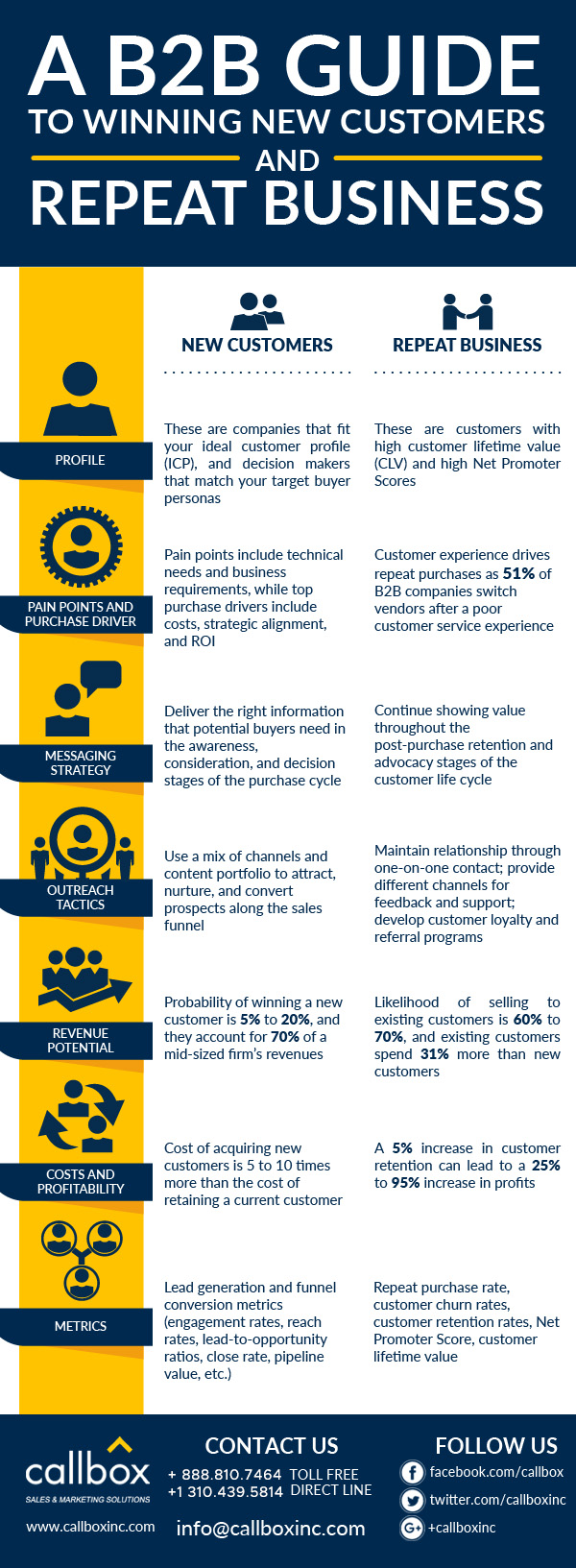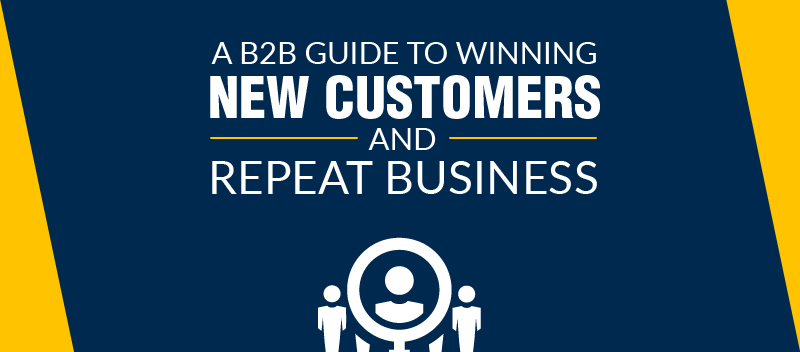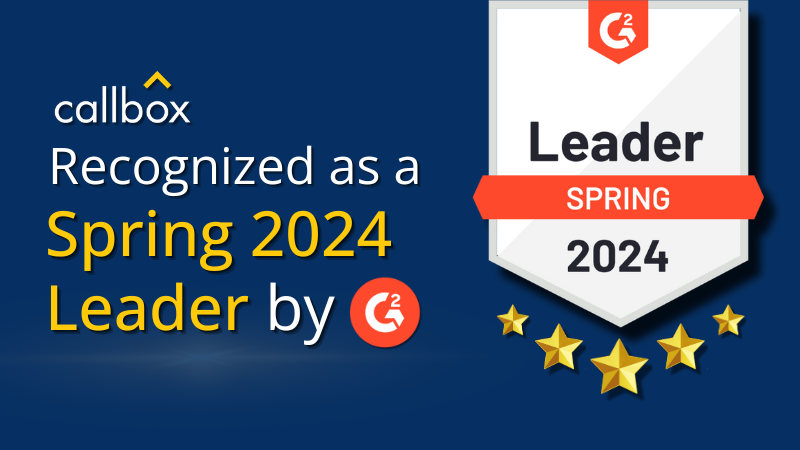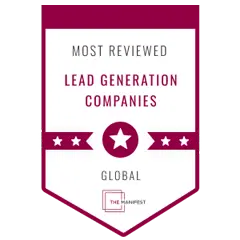Much ink has already been spilled on the topic of customer acquisition vs. customer retention. Conventional marketing wisdom holds that retaining current customers is way easier, cheaper, and better than attracting new ones. But the fact remains that you need to maintain the right revenue mix between new and existing customers to sustainably grow.
That’s what our latest infographic helps you achieve. In today’s entry, we compare how selling to new customers differs from targeting repeat business so that you’ll get a good grasp of how to tailor your marketing strategy for each group.

Almost all B2B marketers agree that the path to consistent sales growth starts with the right balance between new customers and repeat purchases, but most organizations follow marketing strategies that are heavily skewed toward customer acquisition. Surveys carried out by Econsultancy and Act-On found that:
33% of marketers plan to increase spending on customer acquisition vs. 18% on customer retention
82% of B2B marketers prioritize lead generation, while 43% focus on customer retention
Too much emphasis on new customers can leave your current customer base behind, which means you’re potentially racking up missed opportunities for upselling and cross-selling, not to mention losing out on customer loyalty and referrals. For businesses that provide subscription-based services (such as SaaS companies), the opportunity cost from overlooking current customers can be far more serious.
On the other hand, B2B companies also need to haul in a steady stream of fresh customers. Customer acquisition brings in the needed business to build a solid client base and counter customer churn. That’s why startups and other companies that have yet to establish their brand prioritize acquisition.
Related: 10 Affordable Marketing Ideas for Software Startups
How should you balance finding new customers and keeping current ones? A study from Optimove partly answers this question. Their research looks at 180 brands in a variety of growth stages and compares these companies’ new: existing customer ratios. The findings suggest that organizations’ optimal revenue mix largely depends on business maturity and growth level:
- Younger companies with stagnating revenue growth typically have 90% of revenues from new customers. This means new customers aren’t translating into steady, recurrent revenues, and they need to tilt this ratio more toward repeat business.
- Young, fast-growing companies also tend to have a revenue mix that’s weighted more toward new customers, but they derive at least 30% of revenues from existing customers.
- Established, steadily-growing companies generate 60% to 80% of their revenues from existing customers.
- Older companies with stagnating revenue growth derive around 90% of sales from existing customers. However, this degree of dependence on repeat business indicates reduced spend levels on the part of their current customers.
All this means that companies need to find the sweet spot between new and repeat business. The first step is to find out how these two groups compare with one another.
The infographic uses seven essential qualities to help you determine how to engage each customer type: buyer profile, pain points/purchase drivers, outreach tactics, revenue potential, costs/profitability, and relevant metrics.
It’s clear that each customer group has its own set of unique qualities, which also means each customer type requires its own marketing approach. So, keep these characteristics in mind as you develop and refine your customer acquisition and retention strategies.











